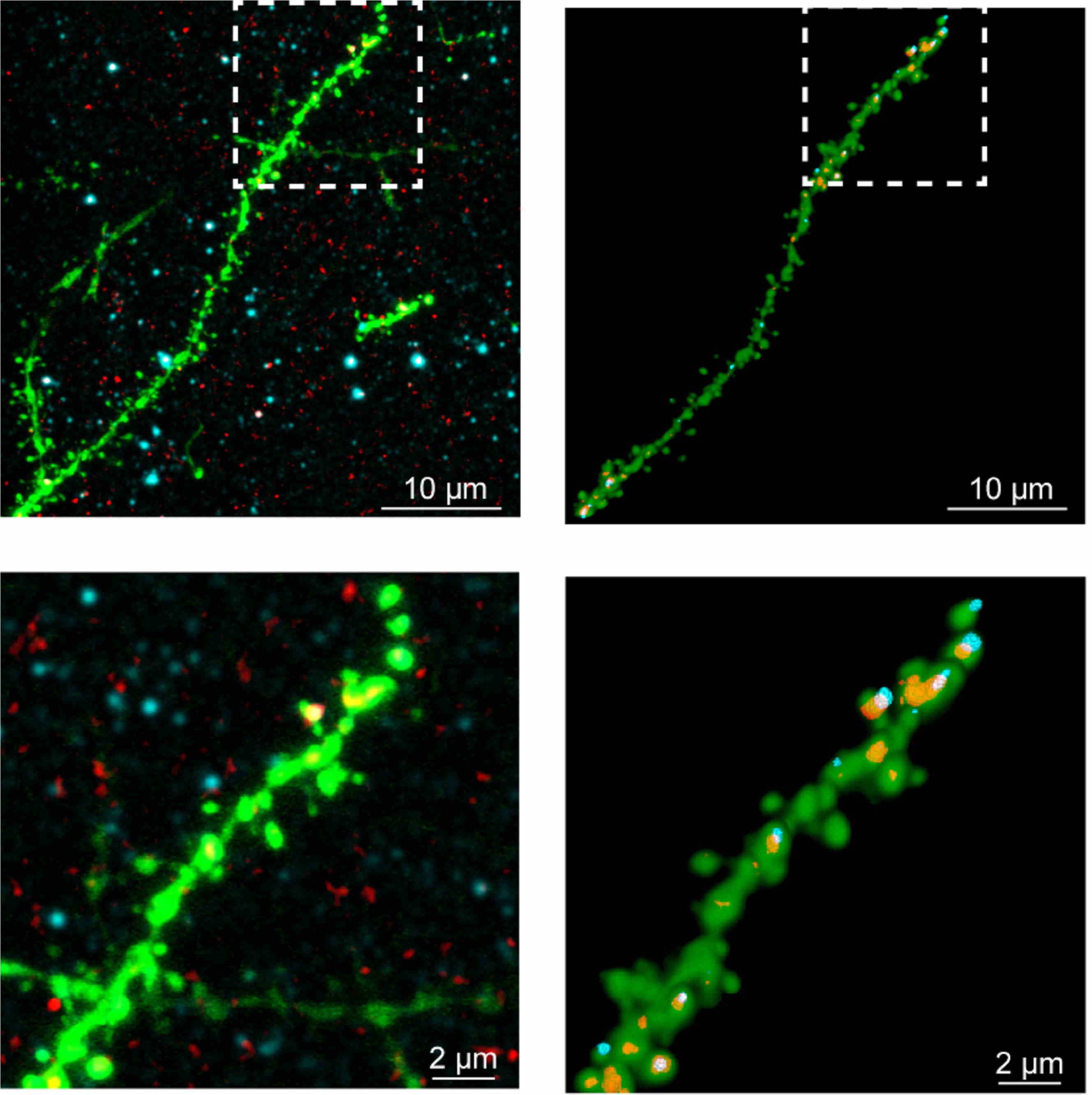 |
URTĖ NENIŠKYTĖ Marie Skłodowska Curie Fellow Email: Phone: +370 5 233 4437 |
 |
RESEARCH DESCRIPTION
The development of the mammalian nervous system is associated with the generation of excess neuronal synapses, which is followed by their removal – a process known as synaptic pruning. Depending on the area of the brain, up to 70% of pre-formed synapses are lost during developmental circuitry refinement. Appropriate synaptic pruning appears to be required for the strengthening of remaining synapses and is critical for normal brain development. Under-pruning or over-pruning may lead to neuropsychiatric conditions such as autism spectrum disorders, schizophrenia or epilepsy. Recent studies have revealed that unnecessary synapses may be eliminated by resident immune cells – microglia. We aim to define the molecular signalling pathways that drive this highly specific pruning of unnecessary synapses. For this, we use both ex vivo tissue cultures and genetically modified mouse lines. We are developing novel molecular tools for a rapid, selective and sensitive labelling of synaptic surface molecules. High-resolution fluorescent microscopy of developing circuits is supplemented with electrophysiology and animal behaviour experiments. We intend to define the synapses destined for elimination in vitro, and thereafter in vivo, and to elucidate their molecular signatures, giving first direct insights into the molecular cascades that are required for developmental synaptic pruning in the maturing circuits of the brain.
Our current projects are:
1) LIPSYNING: Lipid Scrambling as a Signal for Synaptic Pruning. European Union’s Horizon 2020 Research and Innovation Programme under the Marie Skłodowska-Curie grant agreement No. 705452 (2018–2021);
2) SINGLY: Glycobiology of Synaptic Pruning in Developing Brain. European Union’s Horizon 2020 Research and Innovation Programme under the Marie Skłodowska-Curie grant agreement No. 897958 (2020–2022);
3) The Role of Maternal Metabolic Status for the Neurodevelopment of the Offspring. Vilnius University Science Promotion Fund (2020);
4) GLIOGLY: The Investigation of the Glycobiology ofDdissected Glioblastoma Human Brain Tissue. The Baltic-German University Liaison Office, the German Academic Exchange Service (DAAD) in collaboration with the Albert Ludwig University of Freiburg (2020).
SELECTED PUBLICATIONS
- Weinhard, L., di Bartolomei, G., Bolasco, G., Machado, P., Schieber, N. L., Neniskyte, U, Exiga, M., Vadisiute, A., Raggioli, A., Schertel, A., Schwab, Y., Gross, C. T. Microglia remodel synapses by presynaptic trogocytosis and spine head filopodia induction. Nat Commun. 2018 Mar 26, 9(1): 1228.
- Weinhard, L., Neniskyte, U., Vadisiute, A., di Bartolomei, G., Aygün, N., Riviere, L., Zonfrillo, F., Dymecki, S., Gross, C. Sexual dimorphism of microglia and synapses during mouse postnatal development. Dev Neurobiol. 2018 Jun, 78(6): 618–626. doi: 10.1002/dneu.22568.
- Neniskyte, U., Gross, C. T. Errant gardeners: glial-cell-dependent synaptic pruning and neurodevelopmental disorders. Nat Rev Neurosci. 2017 Nov, 18(11): 658–670. doi: 10.1038/nrn.2017.110.
